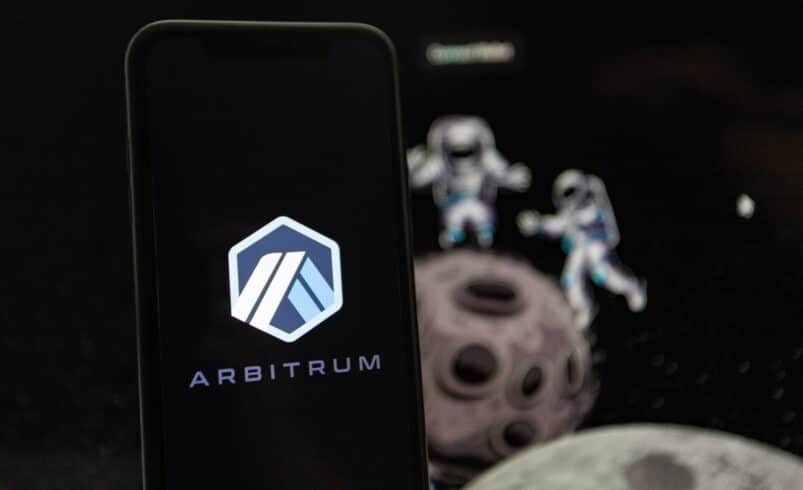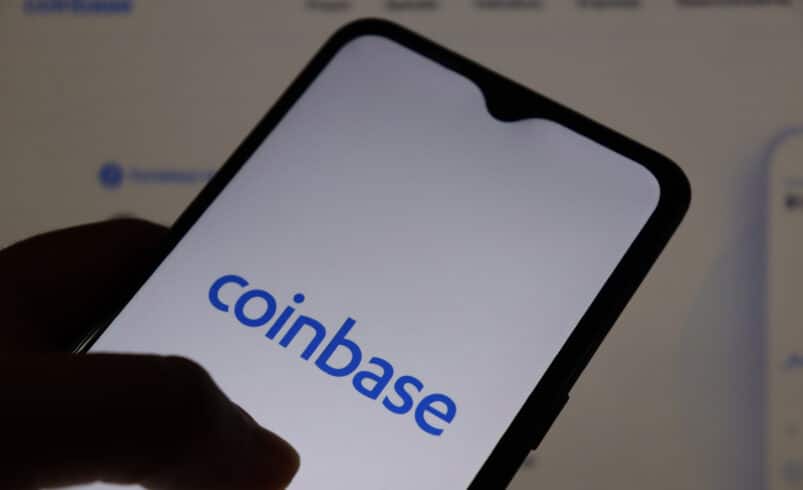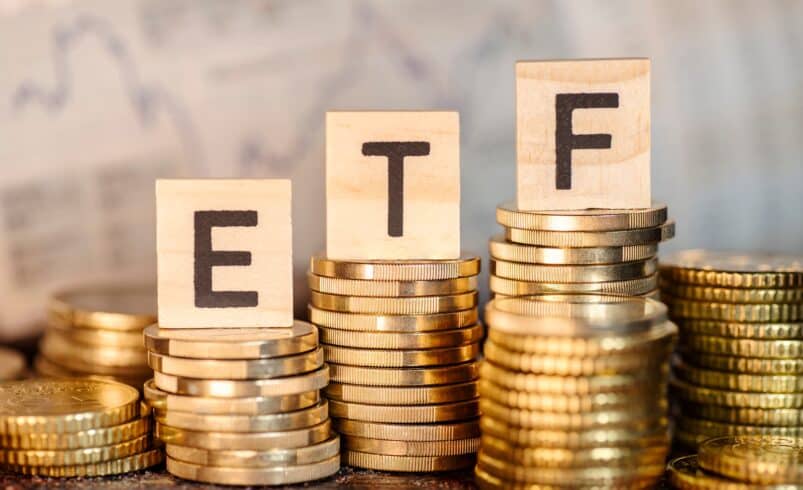Guide to Arbitrum: Ethereum’s Leading Layer 2 Solution

Arbitrum serves as a Layer 2 enhancement platform for the Ethereum blockchain, designed to bolster both scalability and security for decentralized applications by facilitating transaction processing off-chain.
The development and contribution to Arbitrum primarily come from Offchain Labs, a research and development organization established by Ed Felten, Steven Goldfeder, and Harry Kalodner. This entity unveiled Arbitrum One, employing optimistic rollup technology, in 2021.
Recognized as Ethereum’s most extensively utilized Layer 2 network by the measure of active wallets, Arbitrum also claims the top spot for the highest total value locked in Layer 2 solutions, amounting to approximately $3.5 billion. It provides support for well-known decentralized applications, including Uniswap, GMX, and Aave.
Operation Mechanics
Arbitrum leverages optimistic rollup technology to conduct transactions away from Ethereum’s primary blockchain (Layer 1), with periodic submission of transaction data back to it.
Optimistic rollups represent a category of Layer 2 solutions that manage decentralized applications off-chain (on a separate layer from the main chain) while still ensuring the security of these applications through the foundational Layer 1 chain (in this context, Ethereum) by employing specific cryptographic proofs.
Simply put, Arbitrum facilitates transactions off the primary chain, later submitting these transactions for verification to the main chain, thus enabling decentralized applications to provide transactions at reduced costs.
The “optimistic” feature presumes the validity of transactions by default, with verification only occurring upon challenge. This approach diminishes the computational demands on Ethereum’s main chain, consequently accelerating transaction processing and reducing fees.
A significant characteristic of Arbitrum’s functionality is its harmonious integration with the existing Ethereum ecosystem, permitting developers to deploy Ethereum-based smart contracts with only minor modifications required. This compatibility ensures a smooth transition for current Ethereum applications to adopt Arbitrum’s enhanced scalability features.
Two Arbitrum Chains
Offchain Labs manages distinct Layer 2 networks within the Ethereum ecosystem, each cultivating its environment.
The primary chain, Arbitrum One, stands as the flagship network. It adopts optimistic rollups to amplify the scalability of Ethereum applications, consolidating transactions on the secondary layer and subsequently validating cryptographic proofs on Ethereum to ensure security.
The second Layer 2 chain, referred to as Arbitrum Nova, employs the AnyTrust protocol. This network functions as an off-chain data availability layer designed for storing transaction data and enhancing application scalability. Nova offers developers reduced fees through cost-effective storage solutions, albeit with a marginally more adaptable security framework compared to One.
In October, Offchain Labs introduced development tools enabling the launch of Layer 3 blockchains using the Orbit software stack. Orbit empowers developers to establish their chains, opting to settle on either Arbitrum One or Nova.
Arbitrum Orbit aims to expedite the deployment of optimistic rollup-based Layer 3 solutions, albeit with a trade-off in security compared to Layer 2 networks. Optimistic L3s may entail extended withdrawal waiting periods due to the security assumptions inherent in optimistic rollups. Nevertheless, they also present opportunities for liquidity providers to facilitate interoperability between chains.
The Arbitrum Token
Arbitrum features a native governance token, ARB, utilized for collective decision-making, aligning network interests, and governing a decentralized autonomous organization (DAO). The token has a total supply of 10 billion, with approximately 42% allocated to the DAO treasury and around 26% to the core team (including Offchain Labs) and advisors.
The responsibilities of the Arbitrum DAO encompass voting on Arbitrum Improvement Proposals (AIPs) and selecting and adjusting the authority of the Arbitrum Security Council, a 12-member panel entrusted with executing emergency measures such as addressing vulnerabilities and resolving software-related issues within Arbitrum.
Editorial credit: Rcc_Btn / Shutterstock.com
Quantum Asset AI is your partner in success, leveraging artificial intelligence to deliver personalized trading insights that can lead to remarkable outcomes.
DISCLAIMER: It's essential to understand that the content on this page is not meant to serve as, nor should it be construed as, advice in legal, tax, investment, financial, or any other professional context. You should only invest an amount that you are prepared to lose, and it's advisable to consult with an independent financial expert if you're uncertain. For additional details, please review the terms of service, as well as the help and support sections offered by the provider or promoter. While our website strives for precise and impartial journalism, please be aware that market conditions can shift unexpectedly and some (not all) of the posts on this website are paid or sponsored posts.









